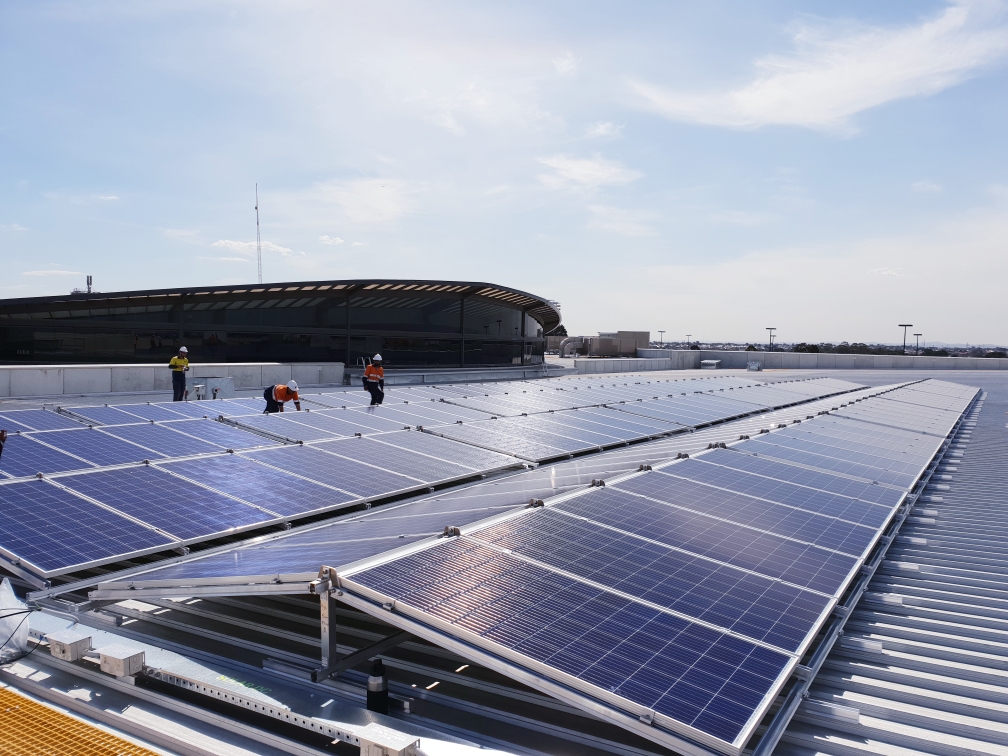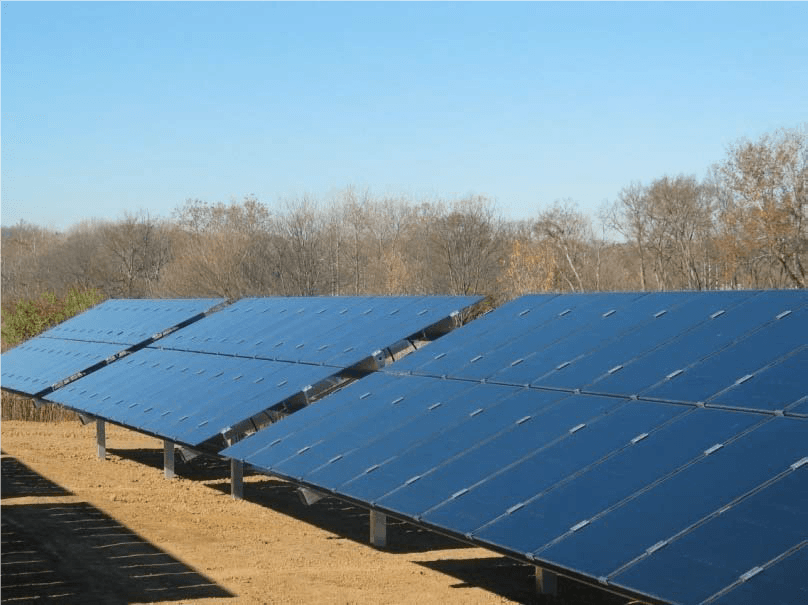There are many barriers for property owners who are considering adding commercial solar capabilities to their buildings. Barriers may include installation cost, installation time, debt financing, and structural integrity of the roof. To help combat these obstacles, solar installation providers are trying to find the best ways to reduce hurdles and make commercial solar photovoltaic (PV) more appealing.
For instance, a few companies around the globe are rolling out re-deployable solar “pods,” modular systems that can be set up in a fraction of the time compared to traditional solar installs.
One such company is Scatec Solar, a Norwegian developer specializing in emerging markets. Scatec has designed a 200-kilowatt (kW) containerized solar PV system. Crews can install about one megawatt (MW) per week in this fashion. According to Scatec, the most cost-effective lease contract would have a power-purchase agreement period around 10 years. However, for higher rates, this could be shortened to as little as two years. Once the period is up, the panels can be removed and deployed elsewhere.
Another example involves the Australian Renewable Energy Agency (ARENA), which has announced funding for an Australian startup, Solpod. As part of their re-deployable solar strategy, Solpod will run a trial of re-deployable systems at 25 sites for a total of 2.5 MW. Additionally, Solpod’s racking system is fixed to the roof with an industrial-strength adhesive, eliminating the need to make rooftop penetrations or to install heavy ballast blocks on the roof.

Photo Credit: Solpod
Potentially, this design could sway a concerned building owner’s perspective, especially if the roof needs replaced in a few years or if they plan to move locations. Solpod’s product can even be chartered for a period to match a business’ lease, if renting their space.
So what does this mean for the future of solar? Simply put, these modular, re-deployable solar systems could be a groundbreaking install method for commercial properties everywhere.
